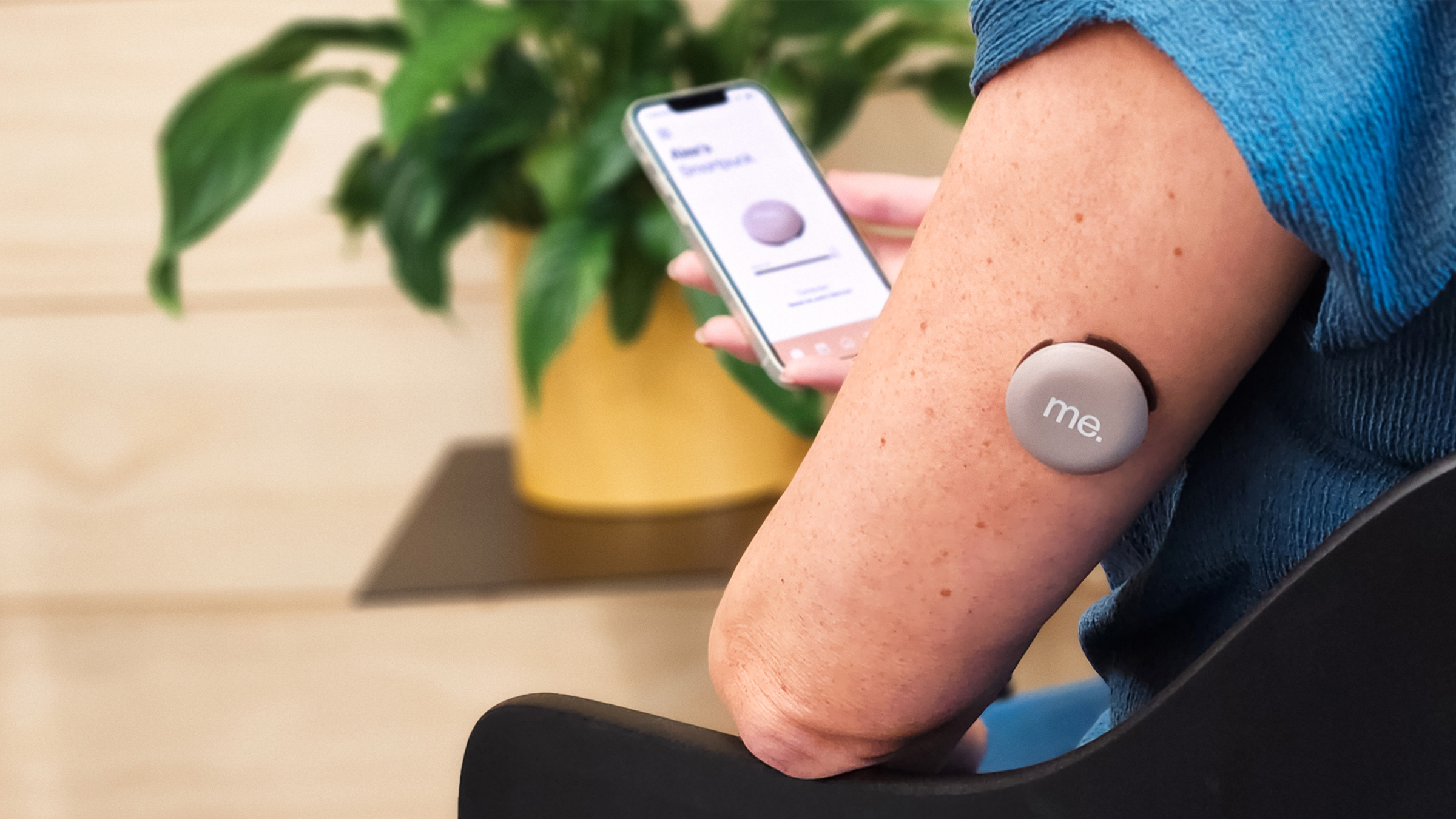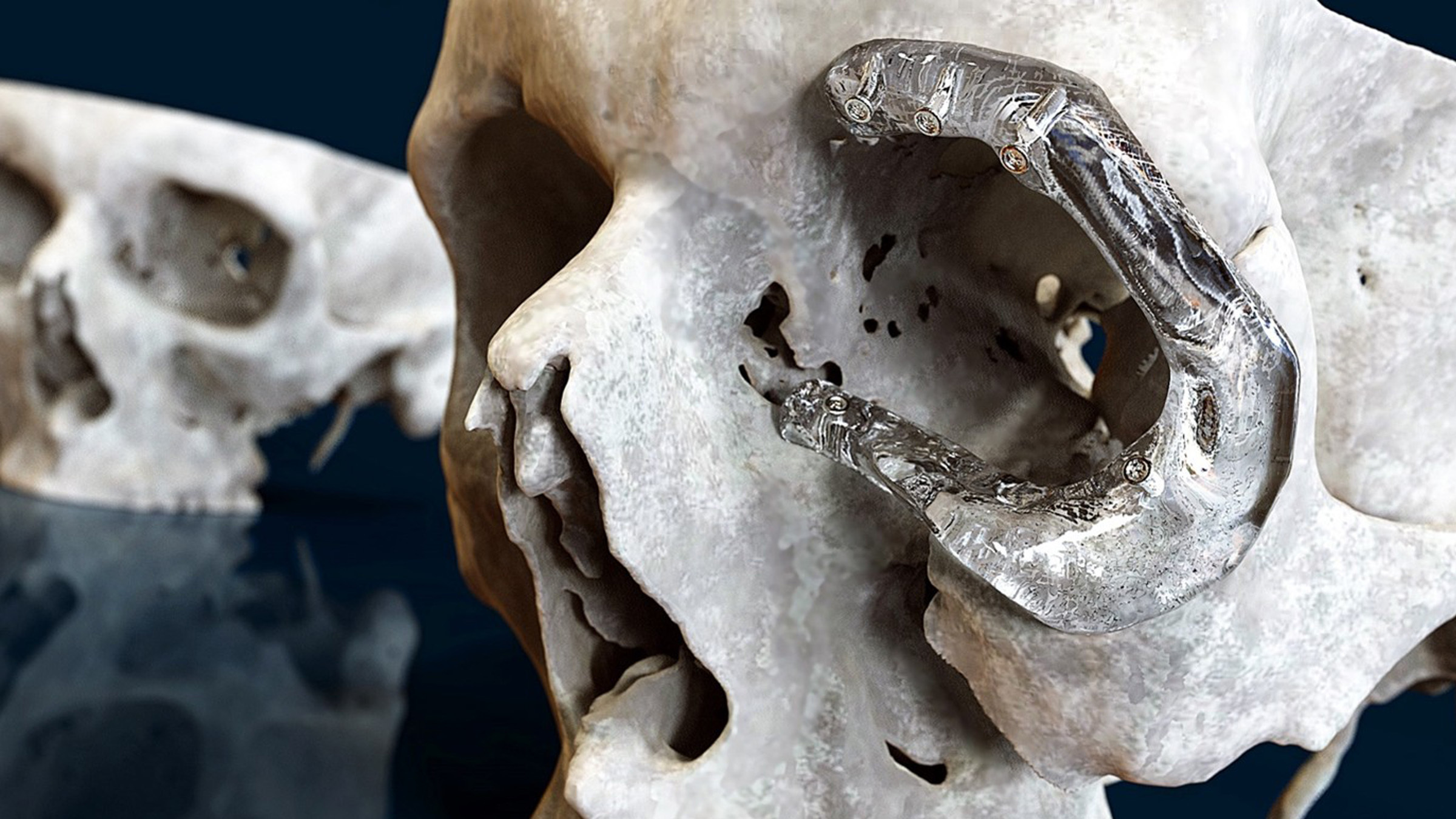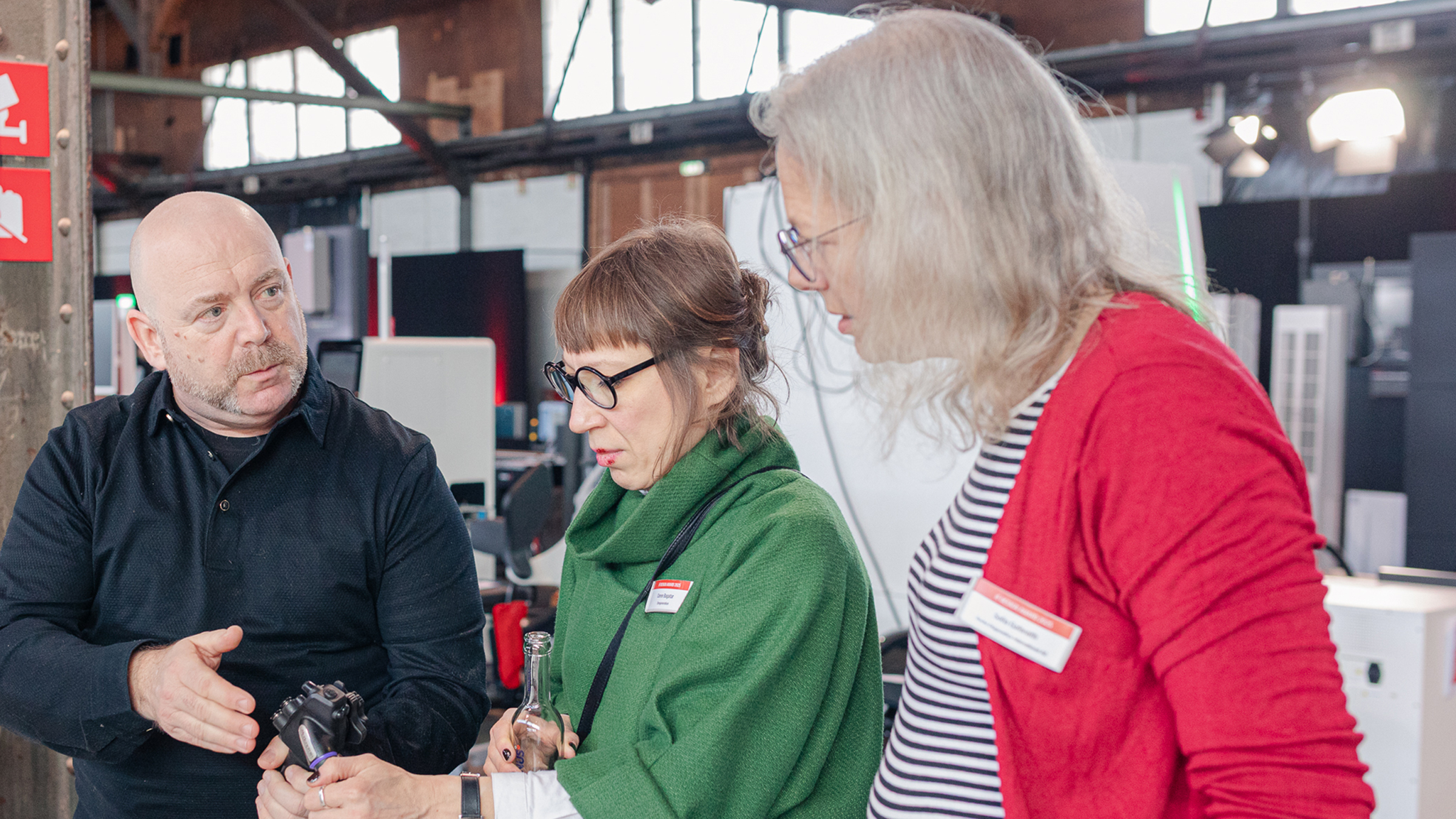Three Key Trends Shaping the Future of Medical Device Design
By Jarred Evans, Director at PDR.
It’s turned into a busy year at PDR. As I return from one major pharma show (CPHI) and prepare to head out to a large med-tech event next week (MEDICA), I’ve taken a moment to step back and share three key trends we’re seeing across some of the medical device areas we work in.
Internet of Medical Things, Remote Monitoring & Wearables
This isn’t a new space—but it finally feels like it’s delivering on much of its early promise. We’re seeing an increasing number of wearables, home-health, and connected devices that sit within broader digital ecosystems and software-driven business models.
At PDR, we expect this growth to continue. However, we often find that digital biomarkers, data, and their meaningful integration into care pathways are not considered early—or effectively—enough.
The drivers of the shift from clinic-based to home and remote care are well established, but usability in non-clinical settings, along with interoperability and connectivity, often fall short in the rush to market. Poor usability or lack of pathway integration can become a major barrier to adoption and impact, limiting otherwise promising innovations.
As more devices become part of a larger digital ecosystem—spanning device, cloud, analytics, and service models—good UX, usability, and systems design are becoming critical success factors. This is particularly important as business models evolve from one-off capital sales toward subscription and consumables-based approaches.

AI in Devices
It seems “AI” is rapidly replacing “innovation” as the most overused—and least understood—term in business. Yet in life sciences and medical devices, AI’s influence is both real and accelerating, driving many of the other trends we see in the sector.
From predictive analysis and disease diagnosis to drug discovery and design acceleration, AI is reshaping every corner of the field. At PDR, we see it everywhere—from diagnostic tools powered by machine learning to predictive behaviour systems in social care.
But this acceleration brings complexity, uncertainty, and risk—particularly around poor application or unintended consequences. A human-centred approach is essential to avoid “technology overkill” and to ensure the development of humanised technology with purpose and empathy. It’s also the best foundation for demonstrating algorithm robustness and suitability from a regulatory standpoint.

Personalisation & 3D-Printed Manufacturing
While personalised medicine and treatment continue to grow, we’re particularly excited by the mainstream adoption of patient-specific implants and prosthetics.
This is an area that PDR—through the pioneering work of Professor Richard Bibb, Professor Dominic Eggbeer, and collaborations with companies such as Renishaw—has helped lead for many years.
Our research in this field began more than two decades ago, earning numerous awards and recognition along the way. Since then, we’ve continued to advance the design and 3D printing of personalised implants while helping hospitals and clinicians build the capability to produce these devices at the point of care—effectively, safely, and within regulatory frameworks.
Heading to MEDICA 2025?
Meet us at Hall 16 / J03 to explore how design can drive better outcomes in med-tech. Or get in touch to discuss how we can support your next innovation in medical device design.

